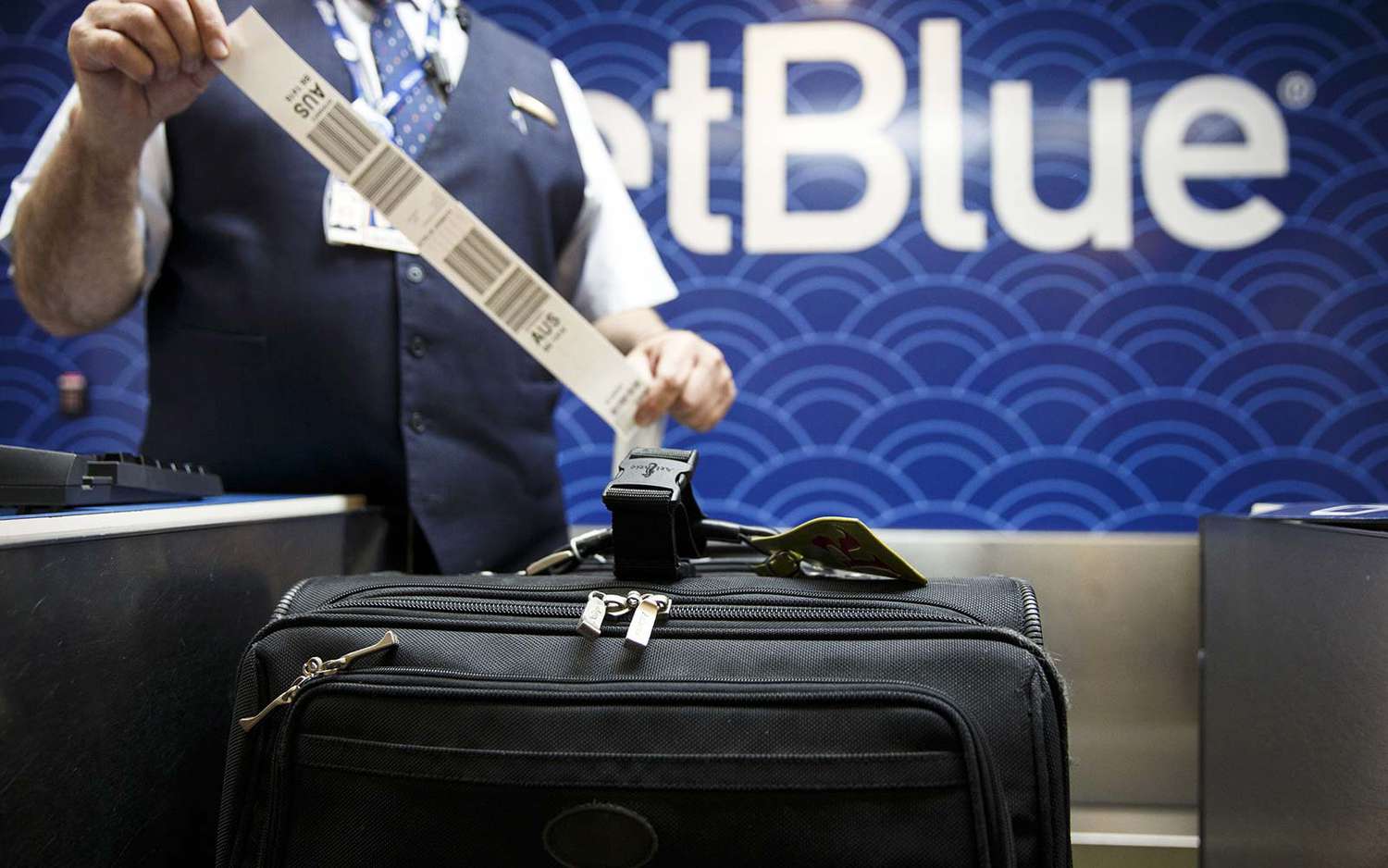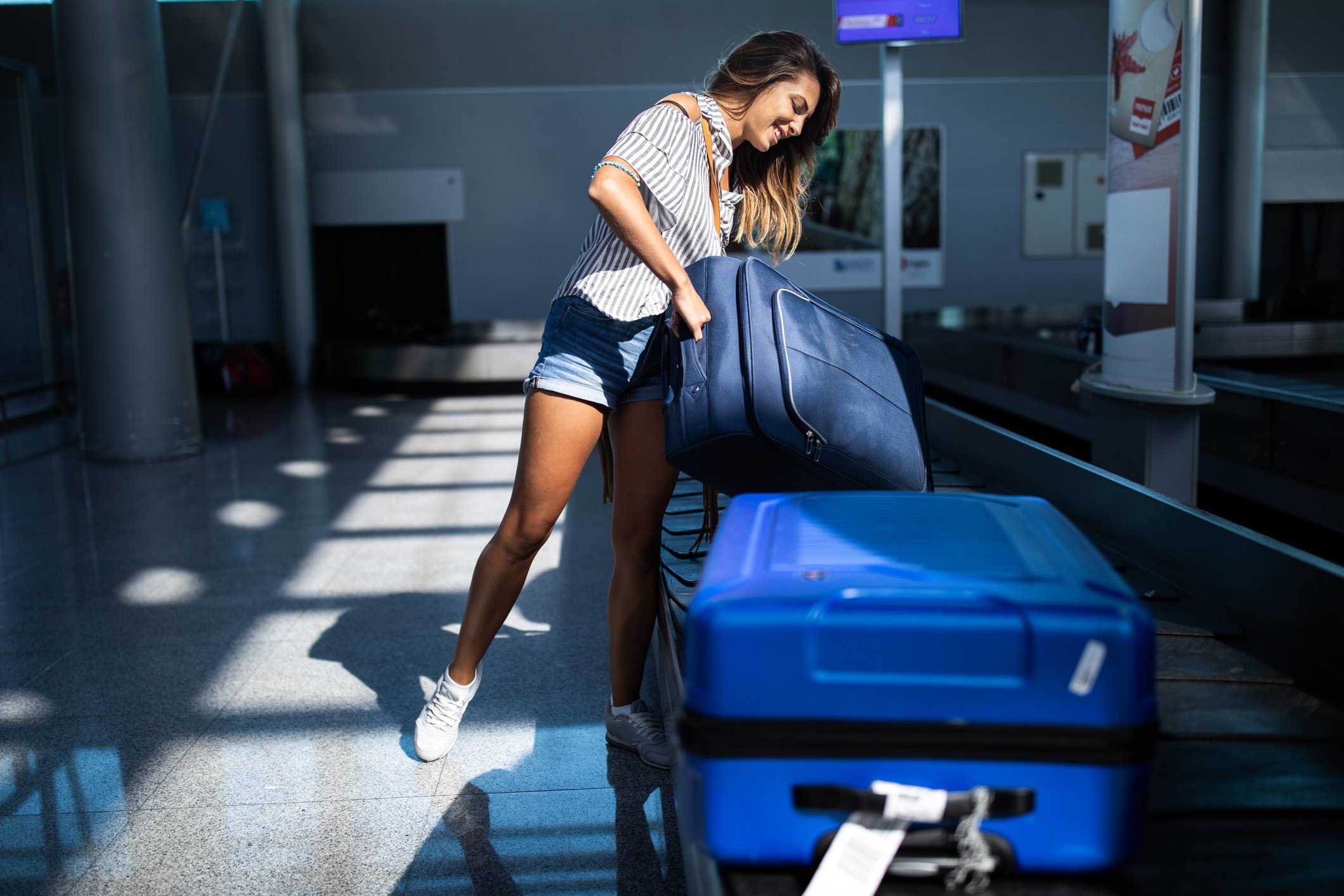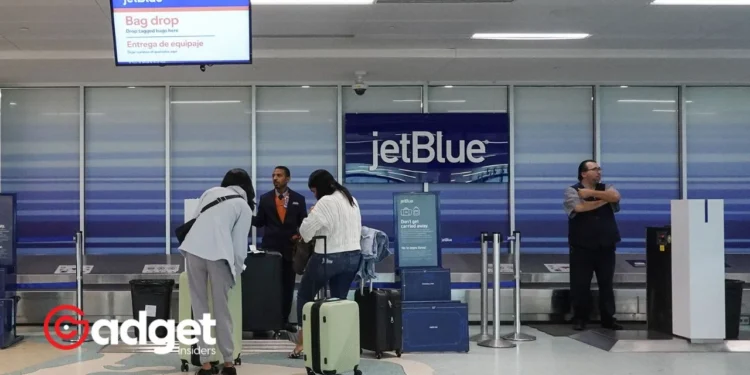In the fiercely competitive skies of American aviation, JetBlue Airlines has taken a bold step by increasing its baggage fees once again, adopting a dynamic pricing strategy that aligns with consumer demand and peak travel times. This move, while potentially enhancing JetBlue Airlines’s revenue streams, shines a favorable light on Southwest Airlines’ customer-centric policies, notably its free checked baggage allowance.

A New Era of Airline Pricing
JetBlue Airlines, once celebrated for its innovative approach that blended traditional and non-traditional pricing strategies, has edged closer to the practices of its traditional counterparts. The airline’s recent decision to adopt demand-based pricing for checked bags during peak travel times marks a significant shift in its revenue management strategy.
This approach mirrors the dynamic pricing models used by theme parks and other airlines for ticket sales, but it extends this model to ancillary services like baggage fees.
This strategic pivot comes at a time when JetBlue Airlines is navigating the challenging waters of the post-pandemic travel industry, compounded by the U.S. government’s blockage of its merger with Spirit Airlines. The airline has historically positioned itself as a value-based carrier, offering competitive prices and perks that set it apart from giants like American, Delta, and United Airlines.
However, the evolving digital landscape and changing consumer behaviors have diminished the uniqueness of some of JetBlue Airlines’s signature offerings, such as live television at every seat—a feature once heralded as a major differentiator.
Because we can never make traveling too complicated, @JetBlue does variable pricing on baggage fees.https://t.co/Hnx2whqlOL
— Rakesh Agrawal (@rakeshlobster) April 3, 2024
JetBlue Airlines: A Contrast in Customer Service
JetBlue Airlines’s new baggage fee strategy inadvertently casts a spotlight on Southwest Airlines’ enduring commitment to customer satisfaction. Southwest, renowned for its passenger-friendly policies, allows up to two checked bags at no additional cost—a stark contrast to JetBlue Airlines’s latest fee adjustments.
This divergence in approach underscores the fundamental differences in the business models and customer service philosophies of the two airlines. Southwest’s unwavering policy of not charging for the first two checked bags positions it as a paragon of customer-centricity in an industry often criticized for nickel-and-diming passengers.
JetBlue Airlines’s move to increase baggage fees and implement dynamic pricing could, therefore, be seen as a significant win for Southwest, reinforcing its reputation as the go-to airline for travelers looking to avoid hidden costs and enjoy a more transparent fare structure.
The Implications of Dynamic Pricing
JetBlue Airlines’s adoption of dynamic pricing for baggage fees is a calculated risk that could either alienate or be accepted by travelers. The model, which adjusts fees based on demand and peak travel periods, is not new to the airline industry but is relatively untested in the context of ancillary charges.
This strategy may offer JetBlue Airlines a competitive edge in maximizing revenue, especially during high-demand periods, but it also introduces a layer of complexity for consumers accustomed to straightforward pricing.

Critics argue that dynamic pricing for services like checked baggage adds an unpredictable element to travel costs, potentially eroding customer trust and loyalty. However, proponents see it as a savvy use of technology and market data to optimize revenue and manage demand.
The success of this approach will largely depend on JetBlue Airlines’s ability to balance revenue objectives with customer satisfaction and transparency.
Navigating the Competitive Landscape
JetBlue’s strategic decision to raise baggage fees and embrace dynamic pricing is a significant move in the airline’s ongoing efforts to adapt to a rapidly changing industry landscape.
While this approach may bolster JetBlue’s financial position and operational flexibility, it also highlights the contrasting customer service philosophies within the industry, particularly in comparison to Southwest Airlines.
As the aviation sector continues to recover and evolve post-pandemic, airlines are increasingly exploring innovative pricing strategies to stay competitive. The ultimate impact of these strategies on consumer choice and airline loyalty will be an important narrative in the story of American aviation’s recovery and growth.










